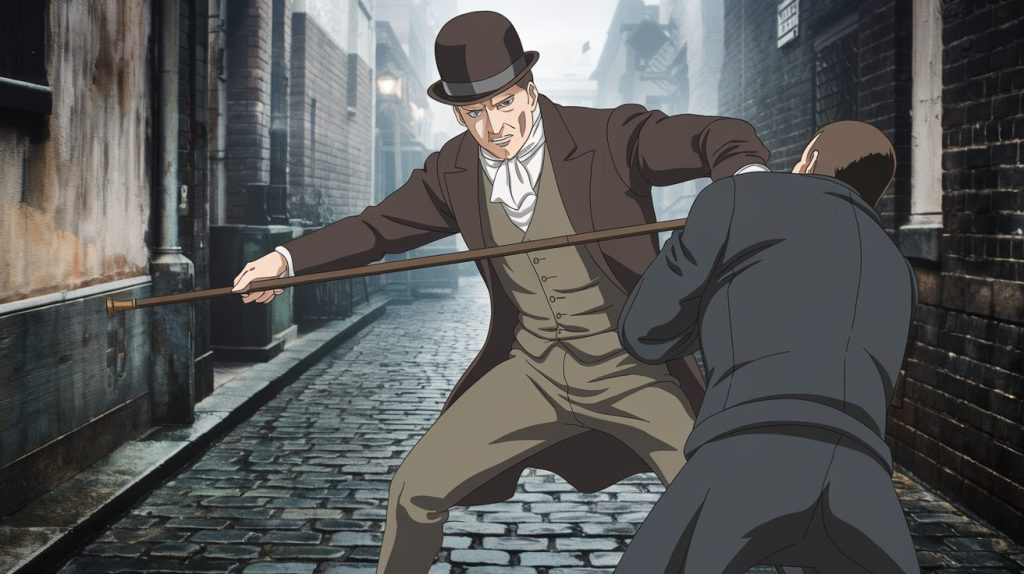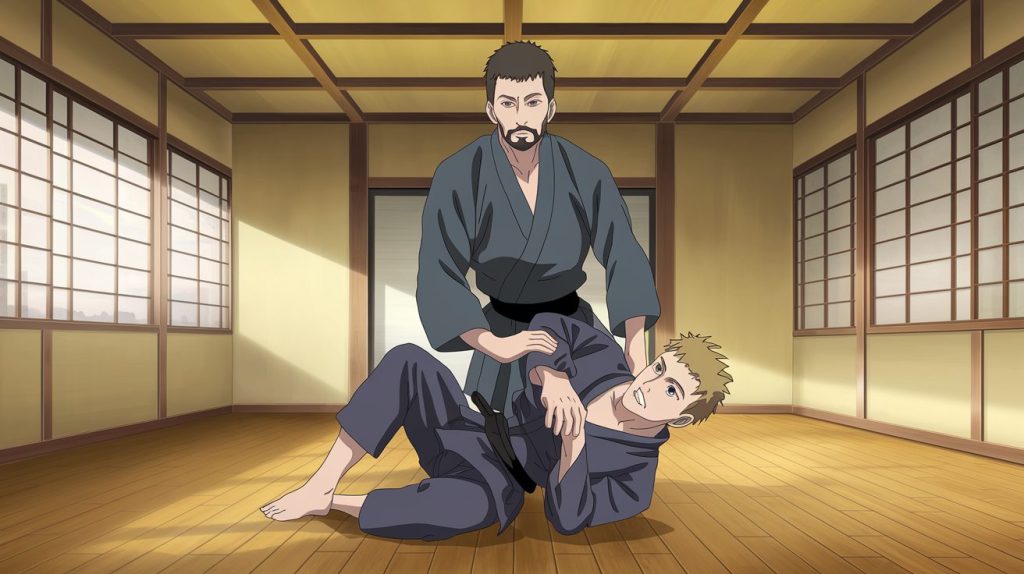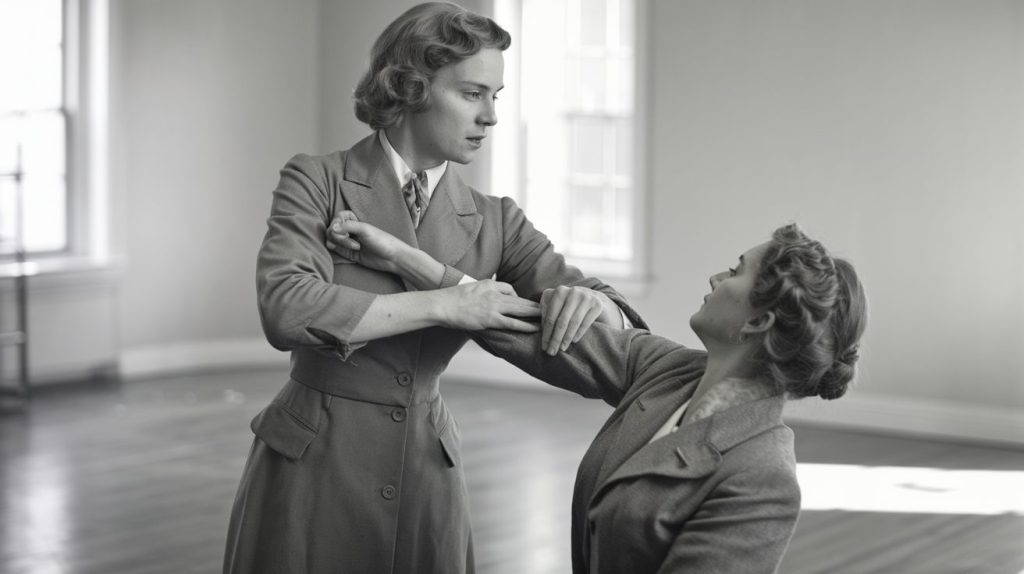Discover Bartitsu—the Victorian hybrid martial art blending boxing, savate, jujutsu, wrestling, and cane fighting. Origins, founders, key players, and modern use.
What is Bartitsu?
Bartitsu is a late-Victorian/Edwardian hybrid martial art and self-defence system created in England by Edward William Barton-Wright. It combined Western boxing, French savate, European wrestling, Japanese jujutsu/judo, and Pierre Vigny’s cane/umbrella method into a pragmatic, civilian street-defense curriculum aimed at urban threats. In 1903 it even slipped into pop culture when Sir Arthur Conan Doyle (accidentally) called it “Baritsu” in a Sherlock Holmes story.
Origins and Founder
Edward William Barton-Wright (1860–1951) was an English engineer who spent several years in Japan (1895–1898) studying jujutsu/judo before returning to London. He announced a “new art of self-defence” that would blend the most efficient parts of Eastern and Western systems—he named it “Bartitsu,” a portmanteau of Barton and jiu-jitsu.
Barton-Wright documented his system in a series of widely read articles for Pearson’s Magazine, including the famous “Self-Defence with a Walking-Stick,” which laid out principles for using a cane or umbrella against common street assaults. You can still read those originals today.

The Bartitsu Club (1899–1902) and the Key Players
To bring his synthesis to life, Barton-Wright opened the Bartitsu Academy of Arms and Physical Culture—better known as the Bartitsu Club—at 67b Shaftesbury Avenue in London. There he hired and cross-trained elite coaches and performers from multiple arts:
- Yukio Tani and Sadakazu Uyenishi (Japanese jujutsu/judo prodigies) taught throwing, locking, and ground controls that stunned British audiences.
- Pierre Vigny (Swiss master-at-arms) taught an aggressive, high-guard cane method adapted for gentlemen’s canes and umbrellas—fast strikes to hands, head, and shins, plus fencing-inspired footwork.
- Captain Alfred Hutton (historic fencing revivalist) served on the Club committee and cross-trained in both jujutsu and Vigny’s stick work, embodying the Club’s “learn from everything” philosophy.
- Alumni and contemporaries like William Garrud and Percy Longhurst helped spread and systematize the material after the Club closed. (Garrud later authored The Complete Jujitsuan in 1914.)
The Club closed after only a few years, but its impact continued through exhibitions, books, and students who carried the methods forward.

What’s Inside the System?
Bartitsu organized self-defence by range and context, encouraging cross-training:
- Striking (long/mid range): English boxing hands + savate kicks to disrupt balance, create entries, or finish quickly.
- Weaponized defence: Vigny’s cane/umbrella strikes and guards to intercept ambushes; targeting hands/forearms, head, and knees; sharp jabs and moulinets to break rushes.
- Clinch & Grappling: Jujutsu/judo throws, locks, and chokes; “all-in” European wrestling and schwingen concepts for balance breaking and control.
Barton-Wright emphasized pre-emption, deception (drawing, feints), and environmental awareness—very modern ideas for 1900.

Women, Self-Defence, and the Suffragettes
Bartitsu’s jujutsu line significantly influenced women’s self-defence in Britain. Edith Garrud—trained via Bartitsu-linked instructors—became a pioneering women’s jujutsu teacher and famously coached suffragette “bodyguards” who protected organizers from arrest, a movement later nicknamed “Suffrajitsu.”
Does Bartitsu Still Exist Today?
Yes—after decades of obscurity, a Bartitsu revival began in the early 2000s. Researchers rediscovered Barton-Wright’s writings, and the Bartitsu Society formed in 2002 to curate history and training methods. Today, seminars, clubs, and even a feature documentary (2011) keep the art alive, often distinguishing between canonical Bartitsu (documented 1899–1902 sequences) and neo-Bartitsu (modern interpretations grounded in the original sources).
Is Bartitsu Effective for Modern Street Fighting and Self-Defence?
Short answer: its concepts still hold up, especially when integrated with current training.
What still lands in 2025:
- Cross-training mindset: Mix striking, clinch, and grappling—exactly what modern self-defence and MMA do.
- Pre-emption & awareness: “Hit first, hit decisively” when justified; manage distance; use the environment.
- Improvised tools: The Vigny cane method adapts well to umbrellas, sturdy pens, small flashlights, or a rolled magazine (with legal and ethical use in mind).
Where to modernize:
- Update legal/ethical frameworks and de-escalation.
- Add contemporary clinch-to-ground transitions, weapon awareness, and scenario drills.
- Pressure-test against resisting partners in modern clothing and environments.
Think of Bartitsu as the original European “mixed” martial art designed for real-world problems; pair it with today’s training intensity and situational tactics and it remains very practical.


